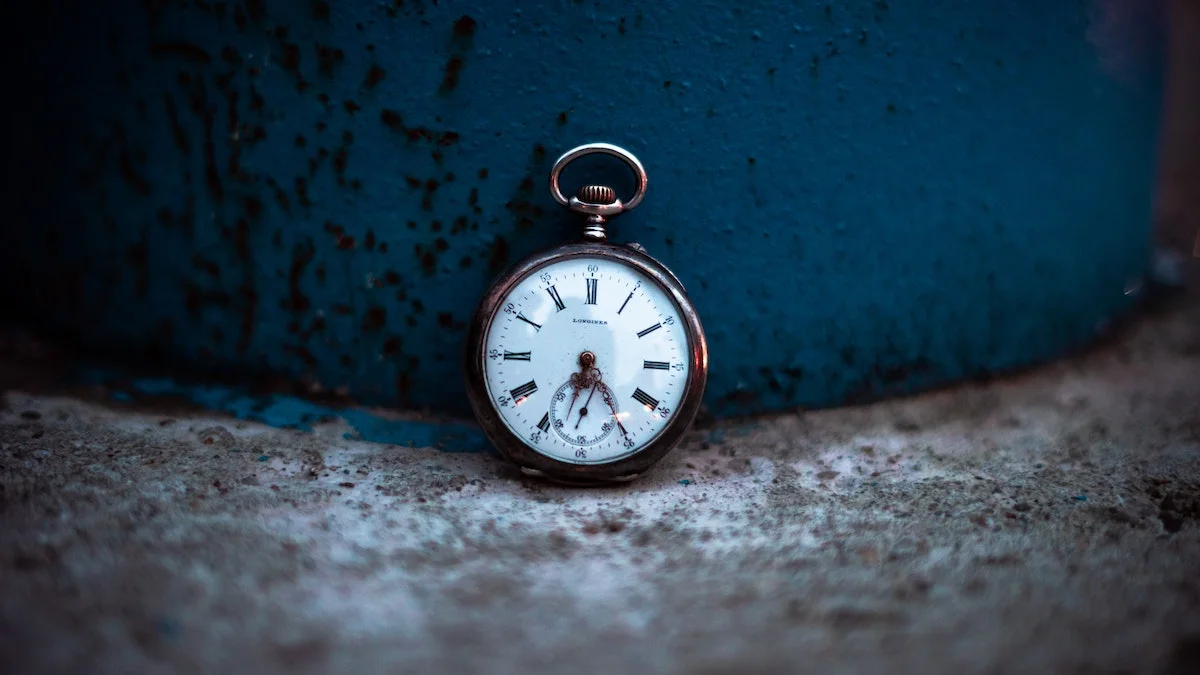As we continue to advance technologically, one of the few constants that remain is the presence of analog watches. These classic timepieces have been around for centuries and continue to be a popular choice for many watch enthusiasts. In this article, we will delve into the history of analog watches, how they work, and their appeal in today’s society.
What are Analog Watches?
Analog watches are timepieces that display time in a traditional way using hands to point at numbers on a dial. The term “analog” refers to the fact that the watch uses mechanical movements to keep time, rather than digital electronic movements.
History of Analog Watches
The first analog watches were developed in the 16th century, with the earliest models featuring a single hour hand and no minute hand. It was not until the 17th century that watches with minute hands were introduced, and not until the 18th century that watches with second hands were developed.
Analog watches continued to evolve throughout the 19th and 20th centuries, with the introduction of various features such as self-winding movements, water-resistant casings, and chronograph functions.
How Do Analog Watches Work?
Analog watches use mechanical movements to keep time. These movements are powered by a mainspring, which is wound either manually or automatically through the movement of the wearer’s wrist. The mainspring drives a series of gears that move the watch’s hands.
Why Choose an Analog Watch?
Despite the popularity of digital watches and other timekeeping devices, analog watches remain a popular choice for many watch enthusiasts. There are several reasons for this:
- Aesthetics: Analog watches offer a classic, timeless look that many people find appealing. The intricate mechanical movements that power analog watches are also visually interesting and can be mesmerizing to watch.
- Craftsmanship: Analog watches are often handcrafted and made from high-quality materials. This level of attention to detail and craftsmanship is something that many watch enthusiasts appreciate.
- Durability: Analog watches are often built to last, with many models lasting for decades or even generations with proper care.
- Simplicity: Analog watches are simple to use, with no need to worry about settings or charging. They are also easy to read at a glance, with the hands pointing directly to the time.
Choosing an Analog Watch
When choosing an analog watch, there are several factors to consider. These include:
- Brand: There are many brands that produce high-quality analog watches, including Rolex, Omega, and Patek Philippe. Each brand has its own unique style and features, so it is important to do research and find a brand that aligns with your personal preferences.
- Materials: Analog watches can be made from a variety of materials, including stainless steel, gold, and ceramic. The material used can impact the watch’s durability and overall aesthetic.
- Movement: Analog watches can use different types of movements, including quartz and mechanical movements. Quartz movements are more accurate and require less maintenance, while mechanical movements are handcrafted and offer a unique level of craftsmanship.
- Features: Analog watches can have various features, such as a date display or a chronograph function. Consider which features are important to you and look for watches that offer those features.
Conclusion
Analog watches have stood the test of time and remain a popular choice for watch enthusiasts today. With their classic aesthetics, handcrafted movements, and durability, it is easy to see why they continue to appeal to so many people.
Photo by Paul Volkmer


